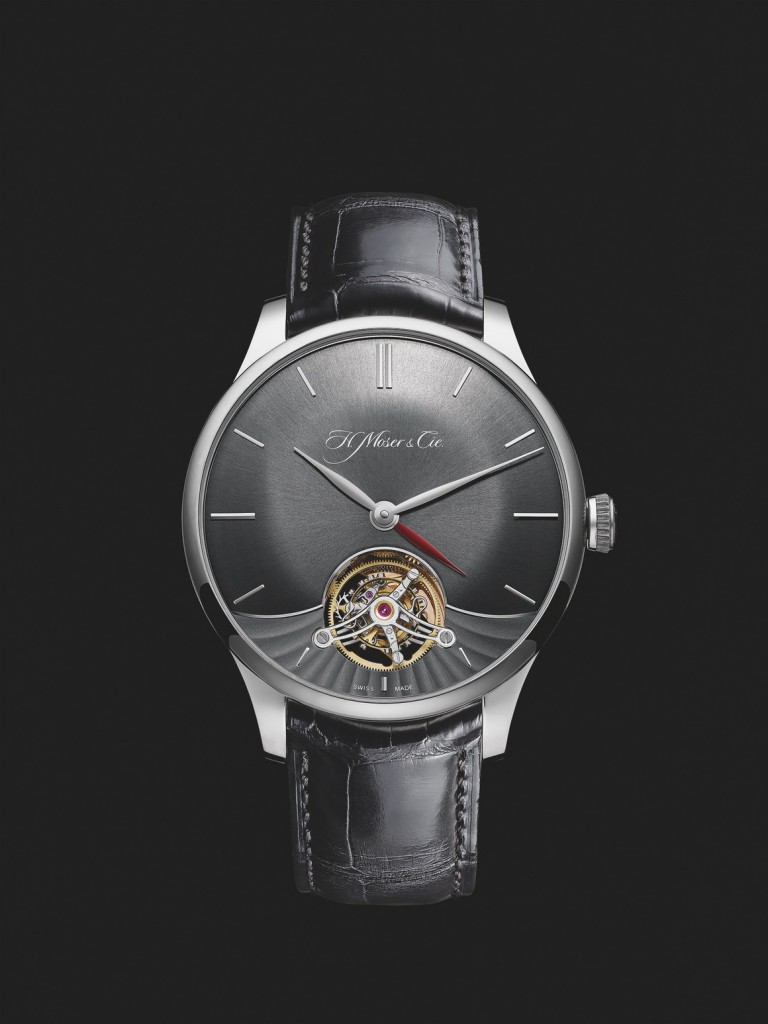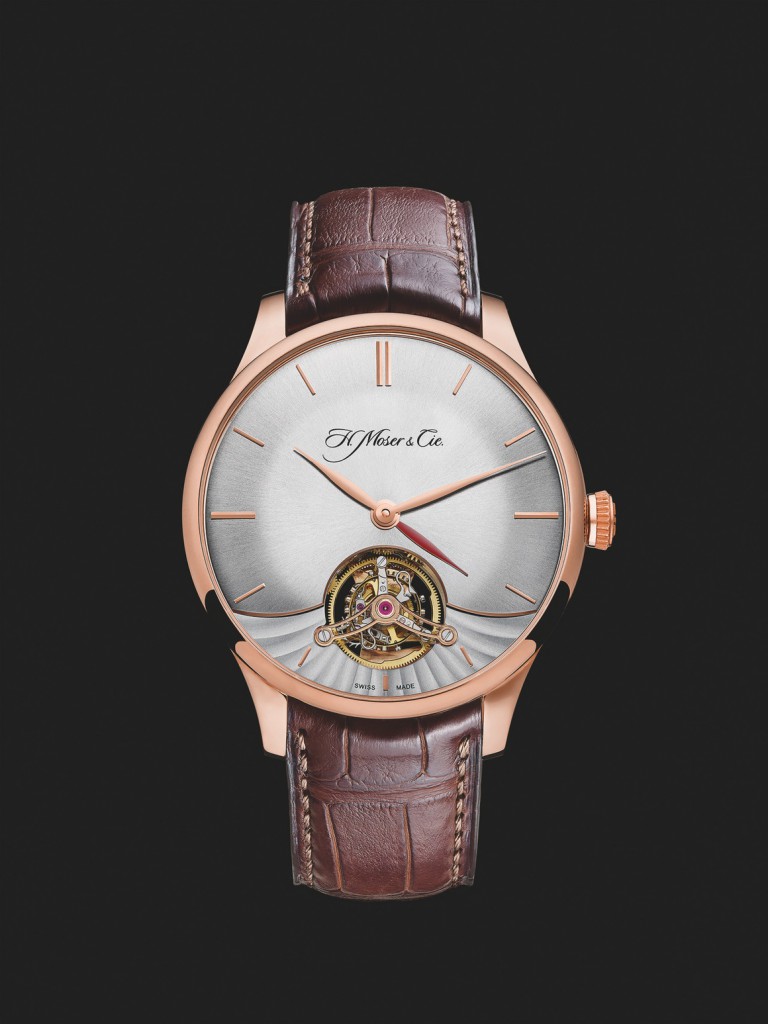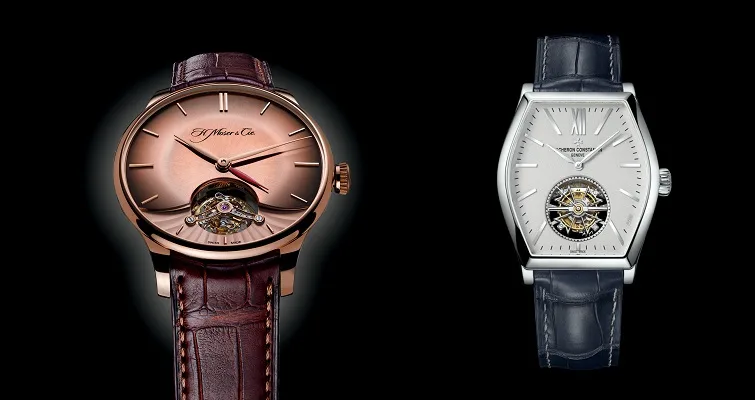By Harlan Chapman-Green
This is going to be an interesting comparison, don’t you think? You and, to be perfectly honest, I was expecting a Patek Philippe watch to star here. It would be an epic battle for sure with all of Patek’s and indeed Vacheron’s accomplishments thrown into the mix. Sadly when I was doing some research into new Patek Philippe watches with tourbillons, I noticed that they all had one thing in common. The tourbillon in the watch wasn’t visible on the dial, and in some cases such as the Sky Moon Tourbillon watches, not visible at all. Some might argue this with such reasoning as Patek Philippe watches are about classic elegance and a tourbillon on the dial would simply clutter it unnecessarily. They are good points, but what is the point in featuring a tourbillon watch in a battle where the main focus of the series, i.e. the tourbillon mechanism, isn’t even visible? Because it would be an unfair advantage, as I like to see the tourbillon, Patek sadly didn’t make it into the article. Happily however, we are going to see if one of the upcoming re-booted watch companies (H. Moser & Cie) has got what it takes to take on the holy trinity of watches, Patek Philippe, Vacheron Constantin and Audemars Piguet.

At a first glance, the H. Moser & Cie Venturer Tourbillon Dual Time watch is a marvel to take in. The rounded case is a subtle 41.5mm in diameter. The hour and minutes hands gently bulge towards the centre, and then thin out towards the edge of the dial. Hidden under the hour hand is a red time zone hand which can be set to the hours of any city for multiple time zone reading, or discreetly hidden away when not in use. The dial of the watch gently raises the further towards the centre you look and the logo for H. Moser & Cie has been elegantly applied, the big, swooping typeface making it seem more vintage inspired than it actually is.

A ‘nice vintage feel’ is something this watch doesn’t have. The first indicator of this is the Moser interchangeable tourbillon module with open worked bridges at the bottom of the dial. The purpose of this is really quite clever and a step forward in watchmaking for sure. The tourbillon escapement and the parts necessary for it are placed inside a module which can be removed independently from the rest of the watch movement. What does this mean for the watch? It means that servicing the watch is easier for the person undertaking the maintenance which could potentially lead to a faster service time from Moser as the module can be removed to be worked on. It could also perhaps mean that in the extremely unfortunate event that the tourbillon itself is damaged, but the rest of the movement is fine, then the module could simply be replaced. I’m not sure if this is something that Moser would actually do, however, as watches generally demand higher a resale value if it’s all original. The spring inside the tourbillon cage is a Straumann Double Hairspring, which is coupled with the smaller than usual components of the tourbillon mechanism to make the watch more accurate.
Pages: 1 2



